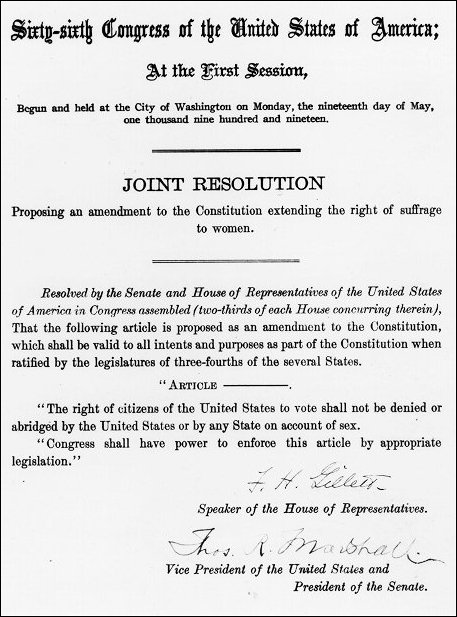Step Aside for the Flappers!
In the 1920s, a group, known as “flappers,” emerged into society. Flappers were defined as young, single women who strayed away from the traditional identity and role of women in previous generations. The birth of flappers was the result of the success in attaining women’s suffrage through the 19th Amendment. Granted with political rights, women now have more say and power. Therefore, flappers were a representation of change. Flappers typically had bob haircuts, wore short skirts, and smoke and drank in public venues. This is illustrated in the pictures above. On the left, is a picture of a flapper smoking. On the right, shows a flapper holding guns in both hands. These pictures illustrate how women were radically different in terms of fashion and behavior. If these pictures were taken a decade ago, it would have draw massive criticism and disapproval. This comes to show that times have changed, and the definition of a “woman” is evolving.






